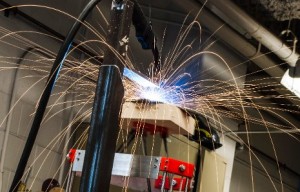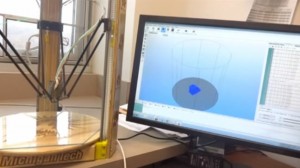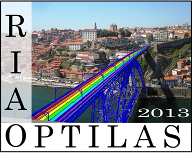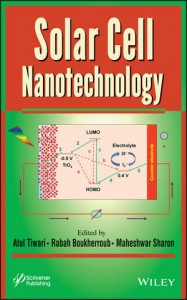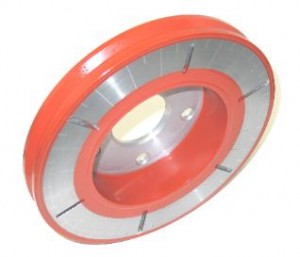 Upper Peninsula Second Wave, a news website for the UP, published stories about Xiaodi “Scott” Huang’s (MSE) invention of lightweight aluminum brakes and the company he has formed to manufacture them.
Upper Peninsula Second Wave, a news website for the UP, published stories about Xiaodi “Scott” Huang’s (MSE) invention of lightweight aluminum brakes and the company he has formed to manufacture them.
See http://up.secondwavemedia.com/features/litebrake121813.aspx
From Tech Today.
